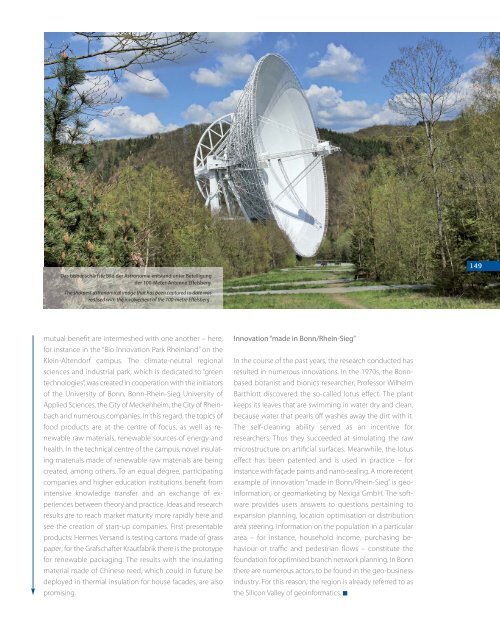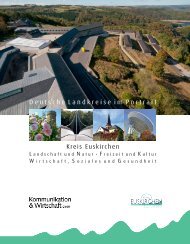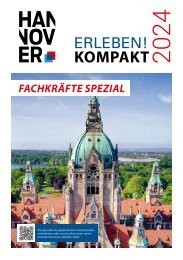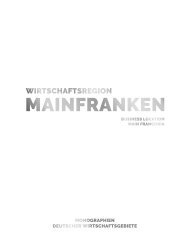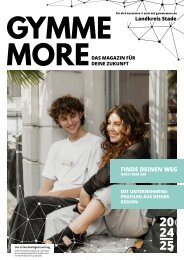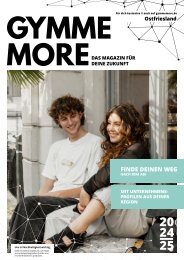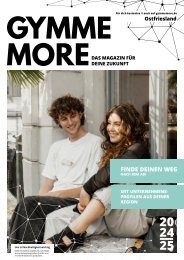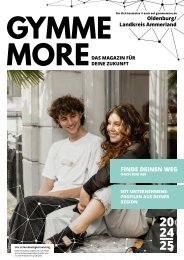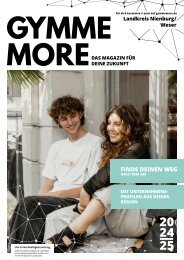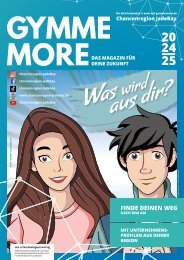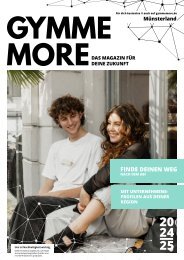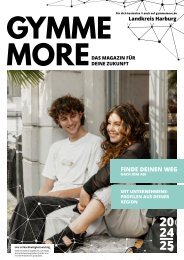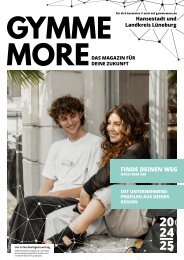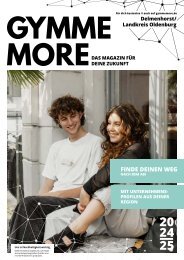Monographie Bonn-Rhein-Sieg
You also want an ePaper? Increase the reach of your titles
YUMPU automatically turns print PDFs into web optimized ePapers that Google loves.
Das bisher schärfste Bild der Astronomie entstand unter Beteiligung<br />
der 100-Meter-Antenne Effelsberg.<br />
The sharpest astronomical image that has been captured to date was<br />
realised with the involvement of the 100-metre Effelsberg .<br />
149<br />
mutual benefit are intermeshed with one another – here,<br />
for instance in the “Bio Innovation Park Rheinland” on the<br />
Klein-Altendorf campus. The climate-neutral regional<br />
sciences and industrial park, which is dedicated to “green<br />
technologies”, was created in cooperation with the initiators<br />
of the University of <strong>Bonn</strong>, <strong>Bonn</strong>-Rhein-<strong>Sieg</strong> University of<br />
Applied Sciences, the City of Meckenheim, the City of Rheinbach<br />
and numerous companies. In this regard, the topics of<br />
food products are at the centre of focus, as well as re -<br />
newable raw materials, renewable sources of energy and<br />
health. In the technical centre of the campus, novel insulating<br />
materials made of renewable raw materials are being<br />
created, among others. To an equal degree, participating<br />
companies and higher education institutions benefit from<br />
intensive knowledge transfer and an exchange of ex -<br />
periences between theory and practice. Ideas and research<br />
results are to reach market maturity more rapidly here and<br />
see the creation of start-up companies. First presentable<br />
products: Hermes Versand is testing cartons made of grass<br />
paper; for the Grafschafter Krautfabrik there is the prototype<br />
for renewable packaging. The results with the insulating<br />
material made of Chinese reed, which could in future be<br />
deployed in thermal insulation for house facades, are also<br />
promising.<br />
Innovation “made in <strong>Bonn</strong>/Rhein-<strong>Sieg</strong>”<br />
In the course of the past years, the research conducted has<br />
resulted in numerous innovations. In the 1970s, the <strong>Bonn</strong>based<br />
botanist and bionics researcher, Professor Wilhelm<br />
Barthlott discovered the so-called lotus effect. The plant<br />
keeps its leaves that are swimming in water dry and clean,<br />
because water that pearls off washes away the dirt with it.<br />
The self-cleaning ability served as an incentive for<br />
researchers. Thus they succeeded at simulating the raw<br />
microstructure on artificial surfaces. Meanwhile, the lotus<br />
effect has been patented and is used in practice – for<br />
instance with façade paints and nano-sealing. A more recent<br />
example of innovation “made in <strong>Bonn</strong>/Rhein-<strong>Sieg</strong>” is geoinformation,<br />
or geomarketing by Nexiga GmbH. The software<br />
provides users answers to questions pertaining to<br />
expansion planning, location optimisation or distribution<br />
area steering. Information on the population in a particular<br />
area – for instance, household income, purchasing be -<br />
haviour or traffic and pedestrian flows – constitute the<br />
foundation for optimised branch network planning. In <strong>Bonn</strong><br />
there are numerous actors to be found in the geo-business<br />
industry. For this reason, the region is already referred to as<br />
the Silicon Valley of geoinformatics.


